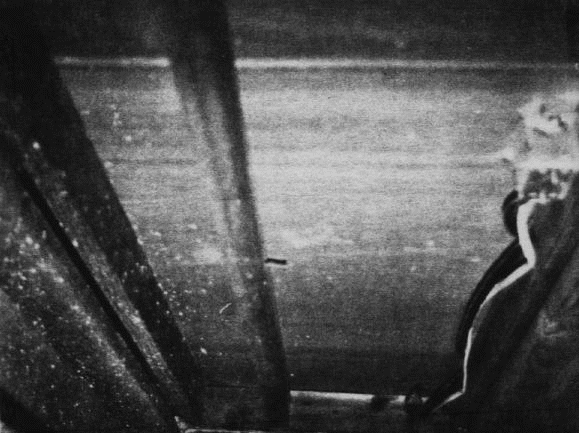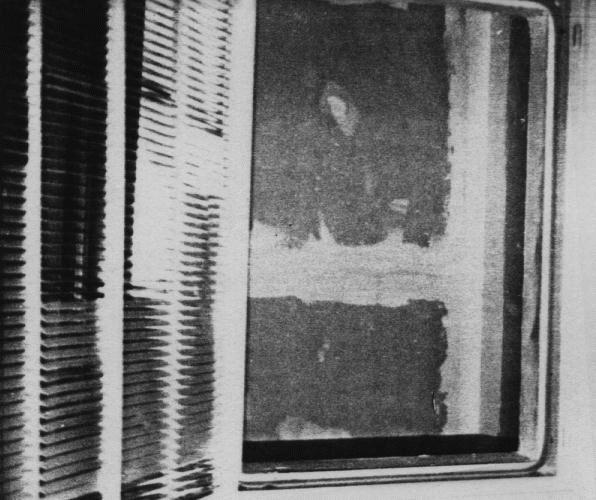AIR TIGHT OR WASTING ENERGY?
- GOAL:
- To become aware of energy waste from poorly sealed return chase areas in heating, ventilating and air conditioning (HVAC) equipment.
- OBJECTIVES:
- The student will be able to:
- 1. Understand energy loss due to air entering HVAC systems from unconditioned spaces.
- 2. Discuss the methods of sealing the return chase.
- LESSON / INFORMATION:
- Air entering the HVAC system directly affects the air leaving the system. The warmer the air entering in the summer, the longer the unit runs and the harder it works to cool the house. The colder the air entering the system in the winter, the longer the system runs and the harder it works to heat the house. Both cases lead to decreased equipment life and increase energy consumption. The more air-tight the return air chase, the less chance the energy consumer has of drawing air into the HVAC system that is not from within the house.

- The amount of energy used by an HVAC system can be increased by a leaking return chase. The increased energy consumption comes from air entering the system from unconditioned spaces. A system leaking as little as 10% can greatly increase energy use. Instead of 100% 80°F air entering the system, 90% 80°F air and 10% 120°F air is entering the system due to a 10% leak. In addition, this 10% 120°F air has not been filtered, which causes the evaporator to clog and become even less efficient. It takes a lot less energy to drop 80°F air to 65°F than it does to drop 120°F air to 65°F. A 10% air leak on a heat pump in the heating mode is a major problem which may cause supplemental heat strips to come on prematurely and add a significant increase to energy consumption and the monthly electric bills.
- The most common method of sealing a return chase is with sheetrock. The joints should all be floated and taped for an air tight installation. The base and top should be sealed with a good grade of caulking.

- Another method is to line the return chase with duct board and to seal joints with duct seal. An added advantage with duct board is that it greatly reduces the noise level of the indoor unit.
- ACTIVITY 1:
- Heating and cooling loads are increased by any untreated air entering the home.
- a. Inspect your home and list five areas where infiltration seems to be a problem.
- 1. _______________________________________________________
- 2. _______________________________________________________
- 3. _______________________________________________________
- 4. _______________________________________________________
- 5. _______________________________________________________
- b. Describe a possible remedy of the five problem areas discovered.
- 1. _______________________________________________________
- 2. _______________________________________________________
- 3. _______________________________________________________
- 4. _______________________________________________________
- 5. _______________________________________________________
- ACTIVITY II:
- Closely inspect the return chase areas in a home with central air conditioning. Determine how/if it is sealed. Suggest cost effective methods of sealing the return chase areas.
- INFORMATION CHECK
- State whether each sentence contains True or False information.
- _____1. A leaking return chase of 10% or less is acceptable. No real energy is lost.
- _____2. Air entering the HVAC system from unconditioned areas may increase energy costs.
- _____3. Unconditioned air also decreases efficiency by clogging the system.
- _____4. This concept of air leaks does not affect heat pump systems.
- _____5. One common method of sealing the return chase uses sheetrock, tape and caulking.
- TEACHER'S NOTES
- Answers to Information Check:
- 1. F
- 2. T
- 3. T
- 4. F
- 5. T
- REFERENCES:
- SLEMCO's Builder's Guide - Design One - for Energy Efficient Construction. SLEMCO. 1988.
Comments or questions to: TechAsmt@LA.GOV
Return to HVAC Menu



